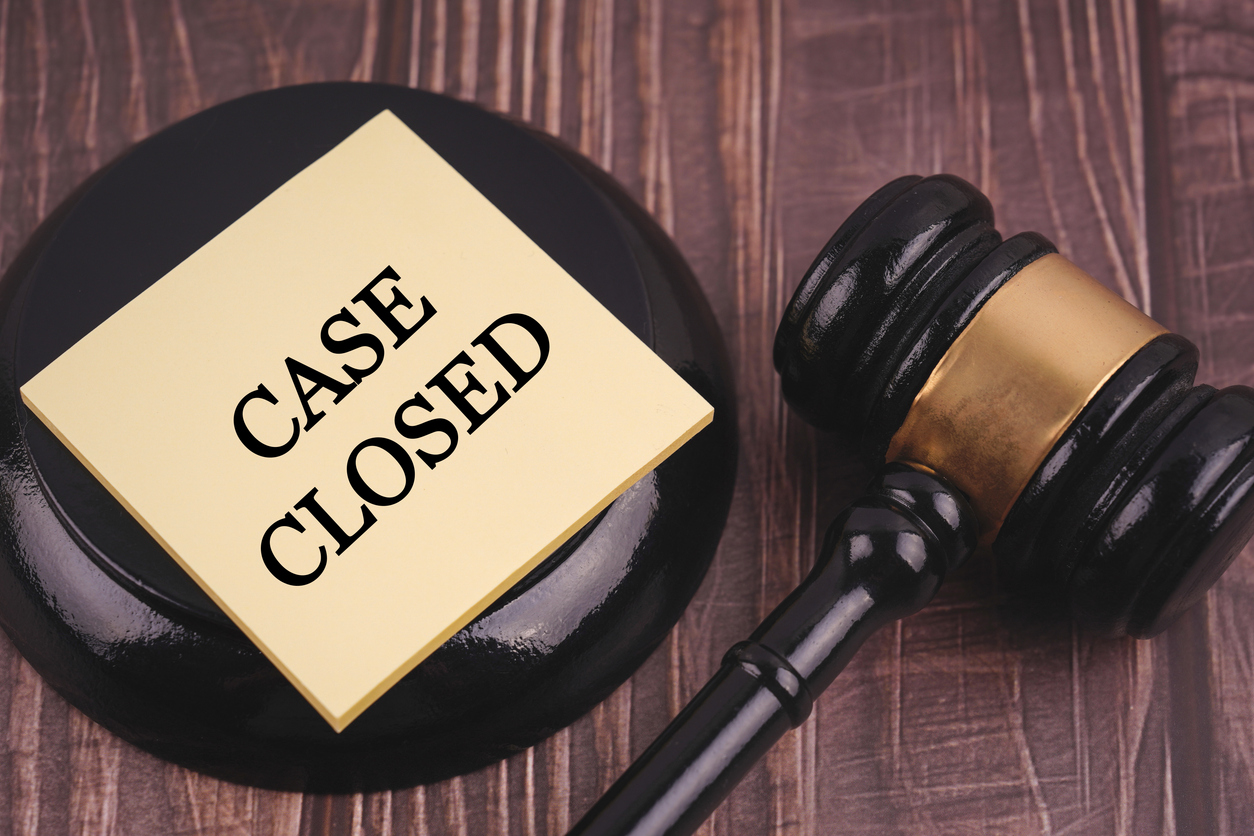On January 4, 2011, I discussed the case of Nat’l Fire Ins. Co. of Pittsburgh, PA v. Valero Energy Corp., 777 S.W.2d 501 (Tex.App.—Corpus Christi 1989, writ denied). Nat’l Fire taught us that an otherwise excluded peril could be covered under an insurance policy if the policyholder could demonstrate that the excluded peril itself was caused by a covered peril. However, even if the policyholder can demonstrate that an excluded peril was caused by a covered peril, the policyholder still has work to do: s/he must also show the extent of the damage attributable to the covered peril. But what does that mean? The Texas First District Court of Appeals dealt with this very issue in Travelers Personal Sec. Ins. Co. v. McClelland, 189 S.W.3d 846 (Tex.App.—Houston [1st Dist.] 2006, no pet.).
In Travelers Personal, the policyholder sued his insurer when it refused to pay for foundation movement despite proven plumbing leaks. As is common, the insurer refused to pay under the “natural causes” exclusion of the policy, claiming that the plumbing leaks had nothing to do with the insured’s home’s foundation movement. Citing precedent, the Court stated that “[i]t is essential that the insured produce evidence which will afford a reasonable basis for estimating the amount of damage or the proportionate part of damage caused by a risk covered by the insurance policy.” Id. at 849 (internal citations and quotations omitted). The Court continued, “[g]iven this, the specific issue for us to resolve here is whether the McClellands placed before the jury more than a scintilla of evidence segregating the damage caused by plumbing leaks versus the damage incurred by natural causes such that the evidence was legally sufficient to support the jury’s finding that eighty percent of the damages was attributable to the plumbing leaks.” Id. In support of his claim, the policyholder hired an expert to testify at trial, and the expert also provided a diagram illustrating all of the damaged areas he believed were attributable to the plumbing leaks.
Ruling in favor the policyholder, the Court found that “[a]lthough a plaintiff is not required to establish the amount of his damages with mathematical precision, there must be some reasonable basis upon which the jury’s findings rest.” Id. at 851. (internal quotations and citations omitted). The Court disagreed with Traveler’s argument that the Court should require the plaintiff to explicitly state which damage is solely attributable to the covered cause. Ultimately, the Court found that the policyholder “presented more than a scintilla of evidence providing a reasonably basis for which the jury could have found that eighty percent of the damage to the house was due to plumbing leaks.” Id. at 851-52.
So, if you ever have to file an insurance claim and the insurer’s agent tells you that you – as the policyholder – have to explicitly show which damage is solely attributable to the covered cause, tell him the Texas Court of Appeals of Houston disagreed with his position in Travelers Personal. That should set him straight.



